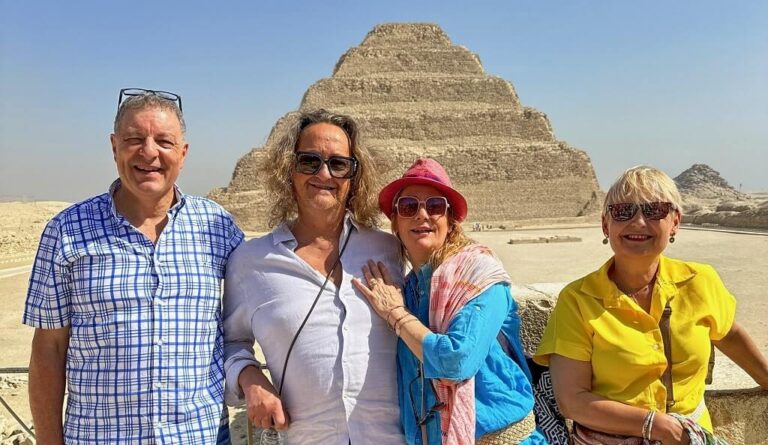Papyrus in Ancient Egypt
Papyrus in ancient Egypt played a crucial role in society, serving as both a practical material and a symbol of cultural significance. We will explore the various aspects of papyrus, including its production, uses, and symbolic meanings.
What is papyrus?

Papyrus was a crucial writing material in ancient Egypt. Egyptians made it from the pith of the papyrus plant, Cyperus papyrus. This plant thrives in the marshy areas of the Nile Delta. It can grow up to 16 feet tall. Its unique structure allowed processing into sheets suitable for writing. Papyrus production dates back to at least the First Dynasty of Egypt, around 3000 BCE. This makes it one of the earliest forms of paper in history.






























